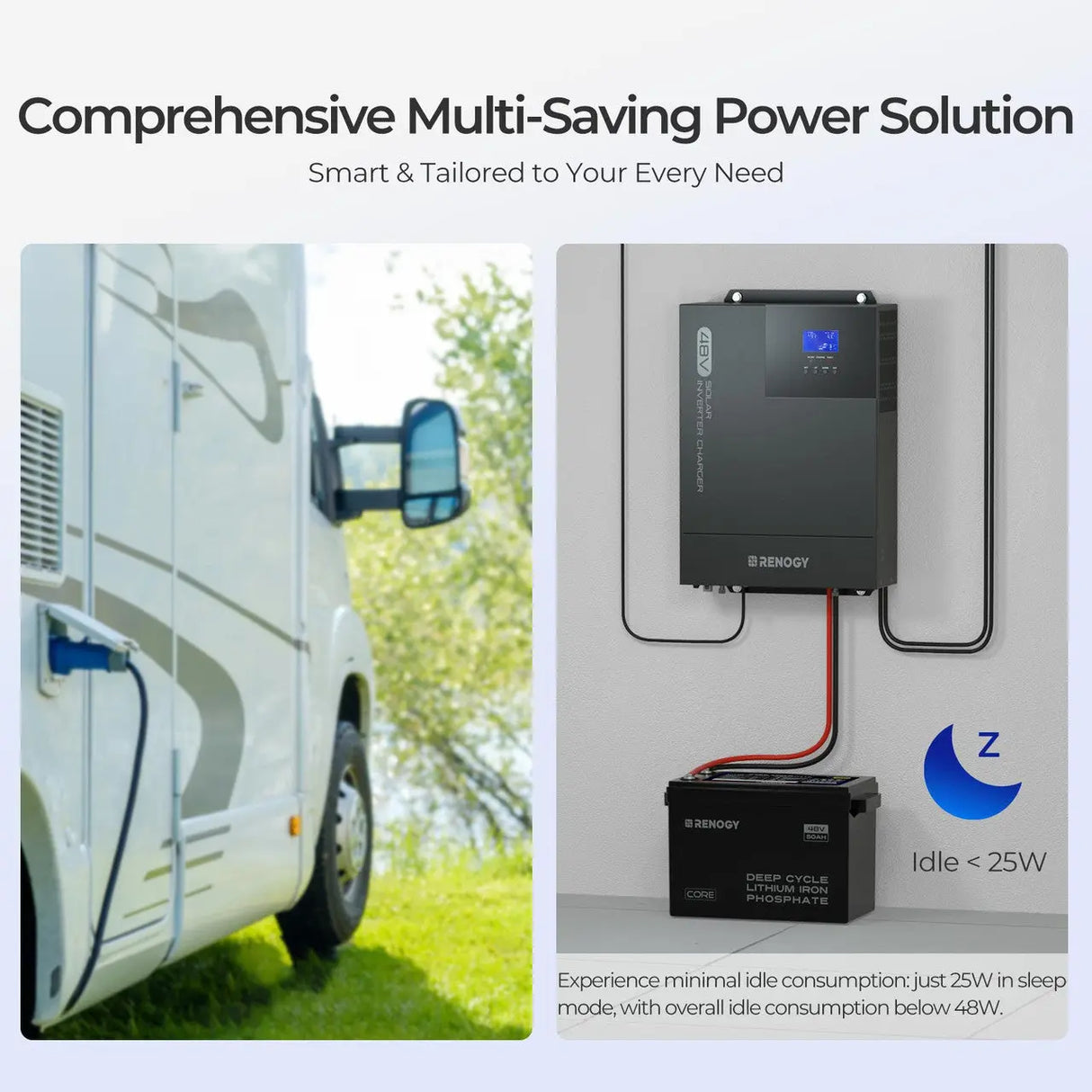
Solid State Battery vs. Lithium-Ion: Which One Is Better?
Battery technology is evolving day by day to power the future effectively. Lithium ion batteries have been offering a reliable source of power (for various devices like electronics and electric...
































































![Should I Disconnect My RV Battery When Plugged In? [Off-Grid Power Guide]](http://www.renogy.com/cdn/shop/articles/should-i-disconnect-my-rv-battery-when-plugged-in_5fc7c735-066f-4824-92cf-f2d0c36a0f70.jpg?v=1765261103&width=460)






